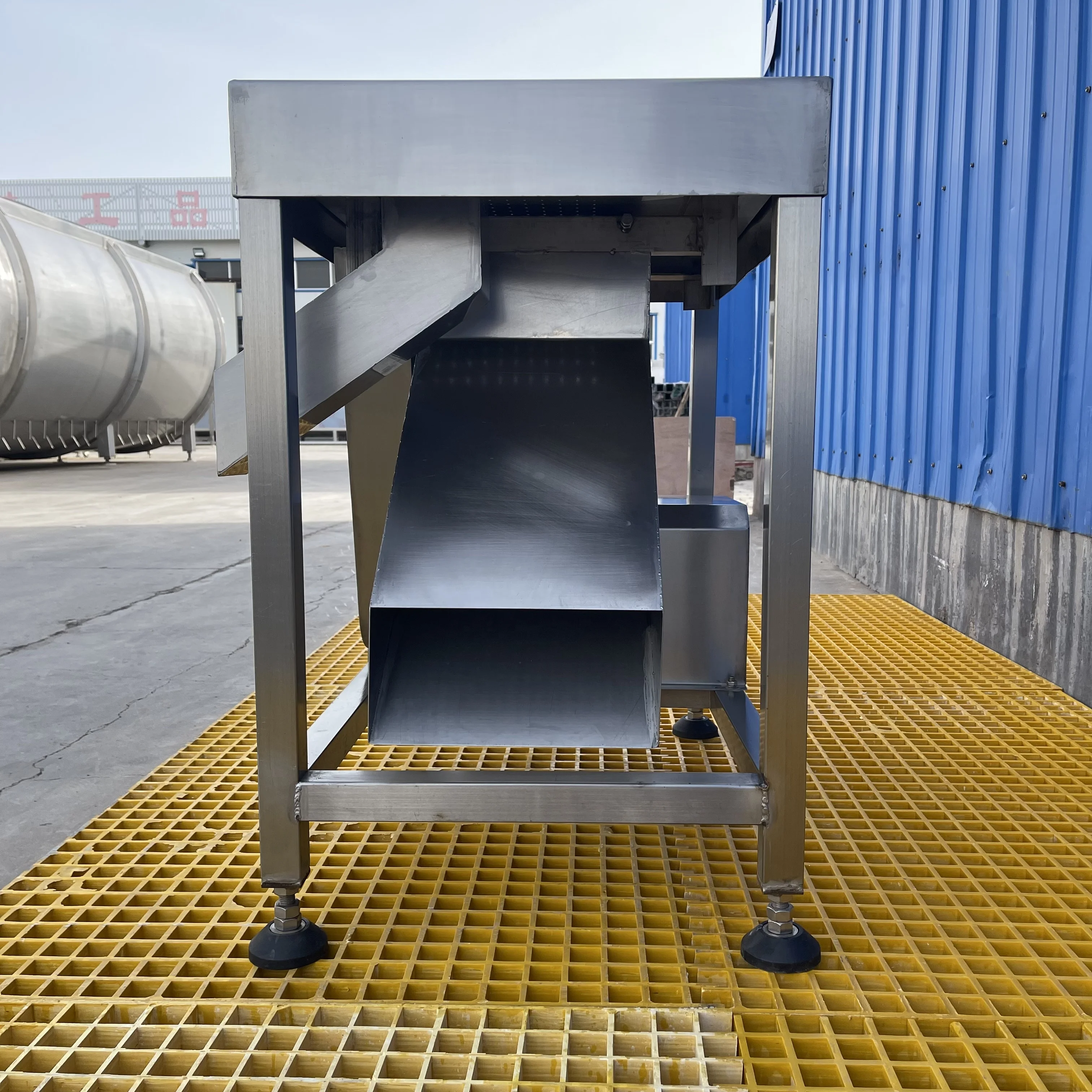Efficient Blending Solutions for Feed Grains in Agricultural Production
Oct . 21, 2024 15:40 Back to list
Efficient Blending Solutions for Feed Grains in Agricultural Production
Understanding Feed Grain Mixers Enhancing Livestock Nutrition
Feed grain mixers play a critical role in modern livestock farming, ensuring animals receive the balanced nutrition necessary for optimal growth and productivity. As the agriculture industry evolves to meet the increasing demand for animal products, the importance of efficient and reliable feed mixing equipment, such as feed grain mixers, cannot be understated.
What is a Feed Grain Mixer?
A feed grain mixer is a piece of machinery used to combine various feed ingredients—grains, vitamins, minerals, and additives—into a uniform mixture. This mixed feed can then be distributed to livestock, enhancing their diet and health. Feed mixes can vary depending on the species being fed, the stage of growth, and specific nutritional requirements. These mixers come in various designs and capacities to suit different farm sizes and operations.
The Importance of Proper Mixing
Proper mixing is essential in livestock nutrition, as it ensures that each animal receives a consistent and balanced diet. Inconsistent feed can lead to nutritional deficiencies or imbalances, which may seriously impact the health and productivity of livestock. For instance, rations lacking in essential vitamins or minerals can hinder growth rates, reduce milk production in dairy cows, or weaken the immune systems of animals, making them more susceptible to disease.
Moreover, uneven mixing can result in some animals receiving too much of certain nutrients, which can lead to health problems like obesity or metabolic disorders. Therefore, employing an effective feed grain mixer is crucial for maintaining nutritional uniformity and optimizing animal performance.
Types of Feed Grain Mixers
There are several types of feed grain mixers, each designed to meet specific needs. The most common types include
feed grain mixer

1. Horizontal Mixers These mixers feature a horizontal chamber where ingredients are blended together. They are known for their efficiency in mixing and are widely used for large-scale operations. Their design allows for a thorough blend, which is vital in achieving nutritional consistency.
2. Vertical Mixers As the name suggests, these mixers have a vertical design that allows gravity to aid in the mixing process. They are typically smaller in capacity, making them suitable for medium and small farms. Vertical mixers are also known for their ability to blend fibrous materials effectively.
3. Batch Mixers These mixers operate on a batch basis, allowing farmers to mix specific amounts of feed at regular intervals. They are particularly useful for smaller operations where precision and custom formulations are essential.
4. Continuous Mixers Ideal for large-scale farms, continuous mixers operate by constantly feeding in new ingredients while mixing occurs. This design minimizes downtime and ensures a steady supply of feed.
Technological Advances
Recent advancements in technology have also made feed grain mixers more efficient and user-friendly. Many modern mixers are equipped with digital controls that allow farmers to program specific mixing recipes and monitor ingredient quantities in real-time. Some mixers now include sensors to ensure optimal moisture content and consistency, further enhancing the mixing process.
In addition, the integration of automation and artificial intelligence in feed mixing systems can lead to significant cost savings, increased productivity, and improved feed quality. Farmers can leverage data analytics to optimize feed formulations, leading to better animal health and improved growth rates.
Conclusion
In conclusion, feed grain mixers are indispensable tools in the livestock industry. They not only simplify the process of creating balanced feed but also play a vital role in ensuring that livestock receive the nutrients they need to thrive. As technology continues to advance, the evolution of feed mixers will undoubtedly enhance their efficiency and effectiveness, ultimately benefiting both farmers and consumers. As the demand for high-quality animal products continues to rise, investing in reliable feed grain mixers will remain a top priority for sustainable livestock production.
-
Hot Sale 24 & 18 Door Rabbit Cages - Premium Breeding Solutions
NewsJul.25,2025
-
Automatic Feeding Line System Pan Feeder Nipple Drinker - Anping County Yize Metal Products Co., Ltd.
NewsJul.21,2025
-
Automatic Feeding Line System Pan Feeder Nipple Drinker - Anping County Yize Metal Products Co., Ltd.
NewsJul.21,2025
-
Automatic Feeding Line System - Anping Yize | Precision & Nipple
NewsJul.21,2025
-
Automatic Feeding Line System - Anping Yize | Precision & Nipple
NewsJul.21,2025
-
Automatic Feeding Line System-Anping County Yize Metal Products Co., Ltd.|Efficient Feed Distribution&Customized Animal Farming Solutions
NewsJul.21,2025






